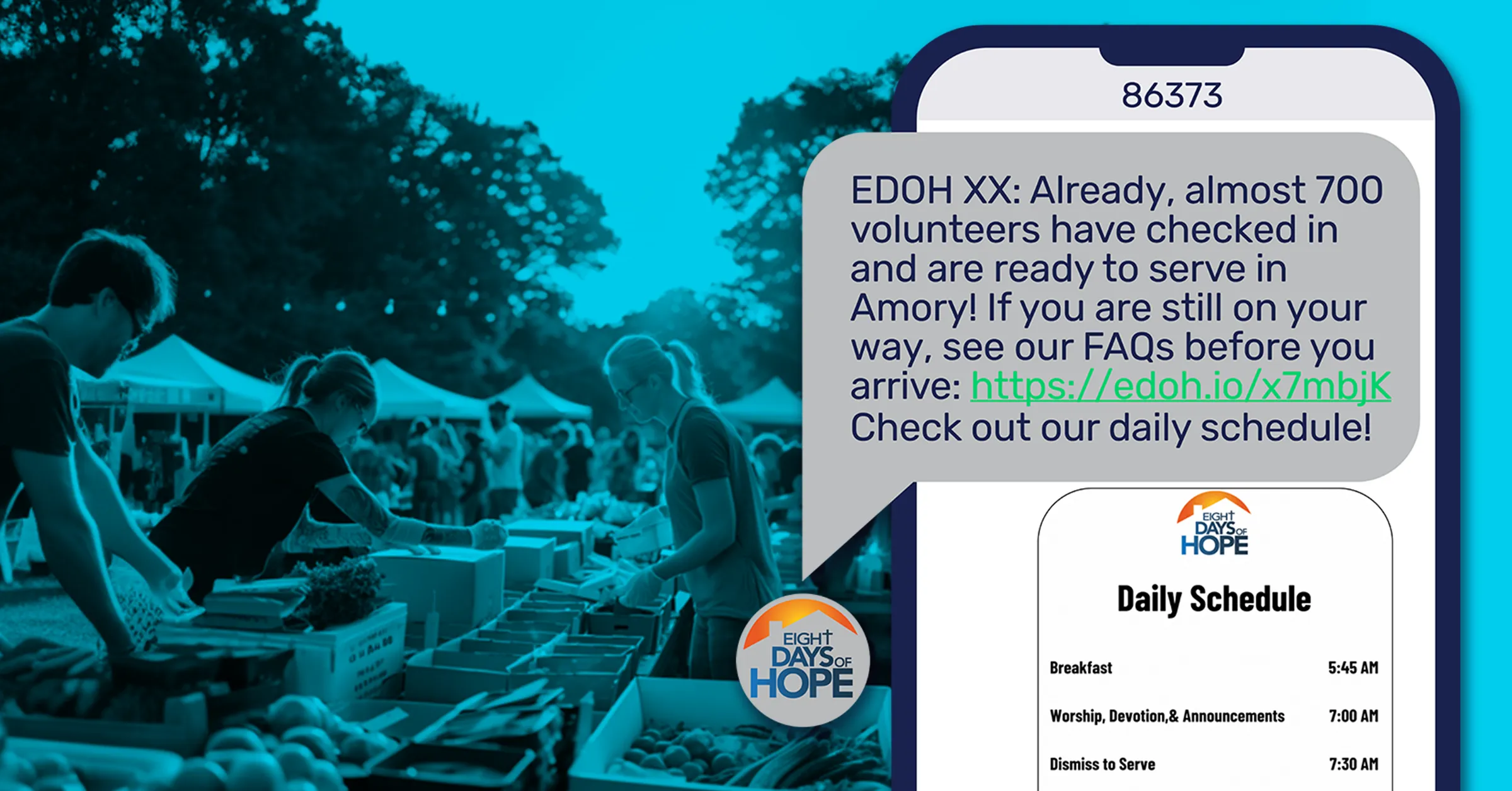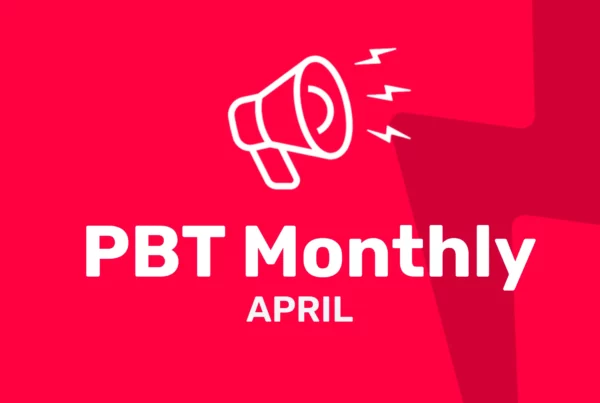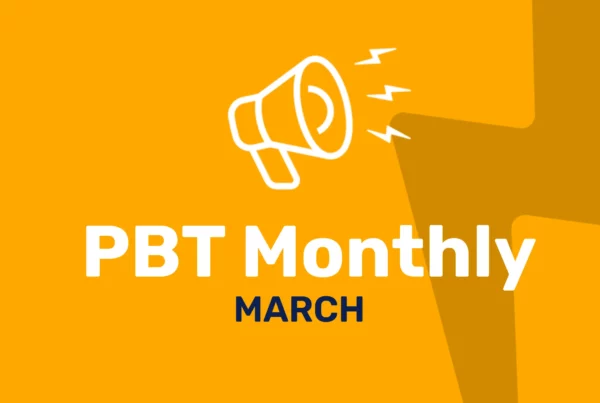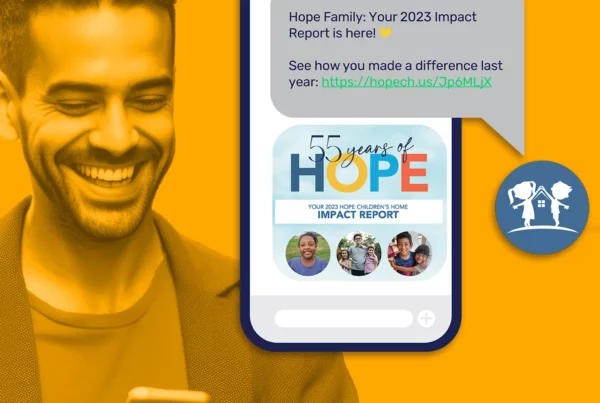
Nonprofits play an indispensable role in society, serving people and effecting significant change through their efforts.
Yet, amidst the focus on their impact, we often overlook the benefits they offer to their supporters. As troubling trends emerge, it’s essential to explore the three ways nonprofits can support their supporters.
By offering opportunities to contribute to meaningful causes, hosting community events, and embracing appropriate technology, nonprofits can cultivate a supportive ecosystem that enriches both the served and the servers.
Let’s take a closer look.
Nearly 50% of Americans report feeling lonely and isolated.
Loneliness and isolation have become a significant issue in today’s society.
A report from the U.S. Surgeon General’s 2023 Advisory indicated that nearly half of U.S. adults feel disconnected and lonely. Another study revealed that close personal relationships have been steadily declining for decades.
These reports show a troubling trend in people feeling more disconnected than ever. More worrisome, the ramifications of this are vast: depression, anxiety, mortality, cardiovascular issues, and many more, per the Surgeon General’s report.
This critical issue has flown under the radar.
“Social connection— the structure, function, and quality of our relationships with others—is a critical and underappreciated contributor to individual and population health, community safety, resilience, and prosperity.” – U.S. Surgeon General 2023 Advisory Report.
But why is this occurring? According to the Surgeon General, contributing factors include “individual social participation, demographics, community involvement, and use of technology over time.”
How can nonprofits help reverse this trend?
Nonprofits can have a unique role in creating pathways to knit communities together. While they may often be overlooked in the mission of doing good work for others, nonprofits can cultivate a supportive ecosystem that enriches both the served and the servers. When people participate in doing good, it has a powerful impact on their health.
Health Benefits of Nonprofit Service
- 76% of people who volunteered reported that volunteering made them feel healthier
- 94% of people who volunteered said it improved their mood
- 78% reported volunteering lowered their stress levels
- 96% reported volunteering enriched their sense of purpose in life
- 80% felt as though they had more control over their health
The good, necessary work nonprofits do can fight these troubling trends laid out by the Surgeon General by promoting social participation, community involvement, and the use of the right technology.
Nonprofits band people together through events.
The community events nonprofits typically host are a valuable and necessary part of this equation. By increasing community involvement through community events, they provide a way for people to connect with others through a good cause, creating in-person connections and positive well-being.
Nonprofits band people together through the support of a good cause.
When nonprofits provide the opportunity to support an organization that does good in the world, people can share in this good work. Supporting good work will foster a powerful sense of positive well-being and deeper care for their community, both of which will reduce their feelings of loneliness and disconnection.
These two strategies nonprofits already provide may seem obvious, but they are overlooked as tools to connect people together. Banding people together around a good cause and providing community events to take part in are necessary tools that will improve their lives as a byproduct.
There is a final leg of the stool to accomplish this good work nonprofits seek: leveraging technology.
Using the right technology has a massive upside: It can grow the community exponentially in number and connection.
Technology must be used for good to win this battle against isolation and loneliness.
“…We should support the development of pro-connection technology to promote healthy social connection, create safe environments for discourse, and safeguard the well-being of users.” – U.S. Surgeon General 2023 Advisory Report.
As previously noted, the use of technology over time has negatively impacted people, disconnecting them from society and leaving them feeling isolated and lonely.
The technological, digital world can be hostile for many people today. Many forms of technology have been havens for bad actors to abuse their users. To protect their users, nonprofits must implement more personal technological connections with people on properly regulated platforms.
One of the critical points of the Surgeon General’s solutions is “supporting pro-connection technology.” Text messaging is the most preferred “pro-connection technology” by people. Texting continues to rise as the most effective way to communicate with people, as evidenced by a 98% open rate and 10% click rate. These exceptional engagement rates make texting far superior to email and social media in terms of engagement.
Benefits of Texting for Nonprofits
- Direct Connection: By bypassing cluttered inboxes and social media feeds, text messages ensure that your message reaches your audience’s fingertips promptly.
- Increased Engagement: The high open rates and quick response times of text messaging foster a more engaged and interactive communication style, allowing nonprofits to forge deeper connections with their supporters.
- Community-Building: Text messaging facilitates the creation of targeted groups and personalized messages, nurturing a sense of belonging and shared purpose among supporters.
However, texting has other significant benefits for nonprofits, such as helping fight loneliness.
Nonprofit mission combined with texting is the most effective way to connect people.
No form of digital communication is more personal than texting. This inherent characteristic increases the engagement between a nonprofit and the recipient.
Also, texting has many compliance regulations that empower the recipient to control the communication they receive.
These two points are a powerful combination that will foster safe, personal communication between a person and the for-good organization with which they communicate.
When nonprofits use texting to communicate with their supporters, invite them to events, respond using two-way texting, send pics and video recaps from events, and show the impact of the community event they attended (and so much more), people will feel connected. And in the process, they will have impacted the lives of others together.
So, in the fight against loneliness and isolation, text messaging emerges as a powerful ally for nonprofits seeking to build meaningful connections with their supporters and the people they help.
In this fight to do good globally, nonprofits can support their supporters and accomplish an even greater good.
If you’re a ministry, church, or media organization, join Powered By Text today to learn how we can help your nonprofit thrive in a connected world and make a difference together.




